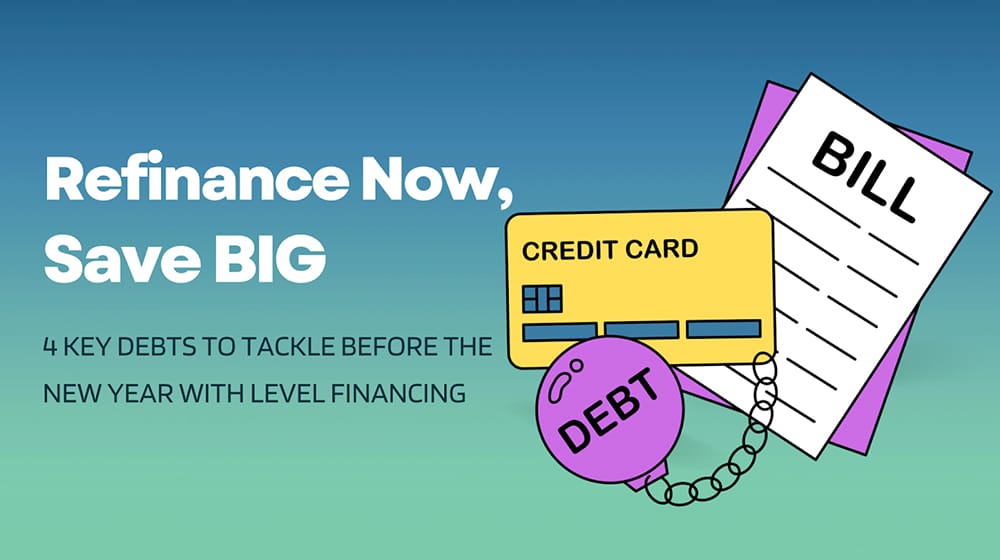When most people without a work or educational background in finance, business, or economics think of investing, they often conclude that it’s too overwhelming and complicated.
However, millions of people like you are currently investing money in stocks, bonds, and other financial instruments without any formal training on the subject. After all, if 53% of American families own stock, why can’t you?
With a few tips on investing for beginners, learning how to trade stocks and other assets can be as easy as learning about budgeting or personal finance in general. Moreover, opening an online brokerage account or signing up for a trading app is a very uncomplicated process these days.
A beginner investor can follow some simple steps to get started. Let’s analyze them in greater detail.
#1 Determine Your Investment Goal
People start investing for different reasons. While you may change yours over time, it’s essential to define one at the beginning of your journey clearly. Here are some examples of investment goals.
Integrating your primary income – Your paycheck or business profits may not be enough for you. Therefore you may want to create a secondary income stream from your investments.
Being able to afford more things – You’re not happy with your current standard of living. You want a higher available income to be able to buy more goods and services.
Building your wealth over time – You’re the classic long-term investor. You’re focused on growing your assets and having them generate more wealth in the future.
Taking advantage of opportunities – You heard of people who quickly increased their wealth and made significant capital gains by investing in certain assets. You want to be one of them.
Saving for retirement – You want to ensure you’ll have enough money to retire comfortably one day.
Accumulating capital for a specific purpose – You may want to buy a house or start a business, but you don’t want to take out a mortgage or other type of loan. Therefore, you want to grow your savings by investing in the right assets.

#2 Learn about the different types of assets
Once you have a goal, you need to understand the different types of assets available. Here are four of the most popular asset classes you can invest in.
Stocks – You buy shares or equity of a company listed on an exchange such as the NYSE or NASDAQ. For example, when you purchase shares of Apple, you become a partial owner of the company.
Bonds – You lend money to a company or government, and they guarantee to pay you a fixed amount of interest over a predetermined time period. For example, you can buy a US Treasury Bond and receive interest payments twice yearly.
Mutual Funds – You buy a basket of stocks, bonds, and other securities managed by an investment firm. Investors purchase shares in the fund and benefit from the collective performance of all its underlying assets. For example, you can buy shares of a mutual fund that invests in blue-chip stocks.
ETFs – Exchange-Traded Funds are not very different from mutual funds, but they’re listed on a stock exchange and trade like stocks. They offer a portfolio of stocks, bonds, commodities, and more. For example, you can buy an ETF that tracks the performance of a broad-based global stock index.
Other types of assets include currencies, commodities, and cryptocurrency.
#3 Define Your Risk Tolerance
Your comfort level with losing money defines risk tolerance. It’s important to understand that every investment decision involves some degree of risk, and you’ll need to accept it in order to make money.
Typically, the higher the risk (and the probability of losses), the higher the potential returns. So, if your goal is to make a lot of money fast, you may have to take more risks than someone with a long-term goal.
Be honest with yourself and understand the risks you’re willing to take. For example, if you’re averse to risk and want to protect your capital, investing in conservative assets like cash, fixed-income securities, and low-volatility stocks may be better suited for you.
On the other hand, if you’re a risk-loving individual, you may choose to invest in more volatile assets such as options, futures, and penny stocks.

#4 Understand the Concept of Diversification
One way to contain risk while still taking advantage of opportunities is through diversification. This means that you should invest in different types of assets instead of putting all your money in one place.
You should diversify both between different assets in the same asset class and between different types of assets. For instance, you may want to invest in large-cap stocks, mid-cap stocks, and small-cap stocks instead of just large-cap stocks.
You may also want to invest in different asset types, such as stocks, bonds, real estate, and commodities. This way, you can reduce the risk of losing your entire portfolio by one bad investment.
#5 Choose an Investment Account
Investment accounts are the vehicles used to store and manage your investments.
For most beginner investors, an online brokerage account or investing app is usually the best choice. It offers a wide selection of investments, low fees, and a user-friendly interface.
If you want to save for retirement, an Individual Retirement Account (IRA) is another option, as it comes with tax advantages.
You may also want to consider investing in a mutual fund or ETF if you don’t have time to manage your investments yourself.
No matter what type of account you choose, make sure it’s reputable, secure, and has reasonable fees.

#6 Learn Basic Investment Strategies
You’ve now decided on an investment account and understand the concept of diversification. Now, it’s time to learn about basic investing strategies.
First, you should learn about dollar-cost averaging. This is a simple strategy that involves investing small amounts regularly in order to take advantage of market fluctuations. For example, if the stock market rises, you’ll buy more shares at a lower price, and if it falls, you’ll buy fewer.
Second, familiarize yourself with asset allocation. This is when you divide your money into different types of investments based on your risk tolerance and goals. For example, if you have low-risk tolerance, you may want to allocate more money to less risky assets such as bonds.
Finally, learn about rebalancing your portfolio. This is when you check on your investments periodically to ensure they align with your risk tolerance and goals. If things have changed, you can rebalance by selling assets, buying new ones, or adding more money to existing investments.
You don’t need to stick to the same investment strategy forever. You can experiment with different ones and adapt them to market conditions and changing goals.
#7 Start Small and Build Your Investment Portfolio Slowly
If you’re a first-time investor, it’s important not to get carried away and invest too much. Start small and build your portfolio gradually as you become more familiar with the markets.
You can set up regular contributions to your investment account if you have a steady income. This way, you’ll be investing in small amounts regularly and take advantage of dollar-cost averaging.
It’s also important to stick to your investment plan and not be swayed by emotion or market sentiment. It can be tempting to abandon your plan when the markets are volatile, but it’s important to remember why you chose that particular plan.

#8 Monitor Your Portfolio Regularly
Your work as an investor doesn’t stop once you’ve set up your portfolio. You need to monitor it regularly to make sure it’s on track and stay informed about changes in the markets.
Reviewing your portfolio periodically, usually at least once every three months, is important. This way, you can check that you’re still on track to achieve your goals and make any necessary adjustments.
You should also monitor the overall economic climate, look out for new investment opportunities, and research the companies you’re invested in. This way, you can stay up-to-date with market changes and be prepared to take advantage of them when the time is right.
Becoming an experienced investor takes time, but taking a little step at a time and learning slowly.
Read More: Investing During Inflationary Periods
Funding Issues?
If you have little money available to start investing and are considering borrowing funds, it’s better to avoid financial products that charge high-interest rates, like credit cards or payday loans.
You could consider borrowing a small sum from a relative or friend and paying them back over a certain period of time, as well as offering a percentage of the return you will make on your investment.
Alternatively, you can take out a small personal loan and use the sum to start investing. A reliable online lender like Level is typically the best choice if you want to minimize the interest rate and fees on your loans. Take our short quiz and get an instant quote.





